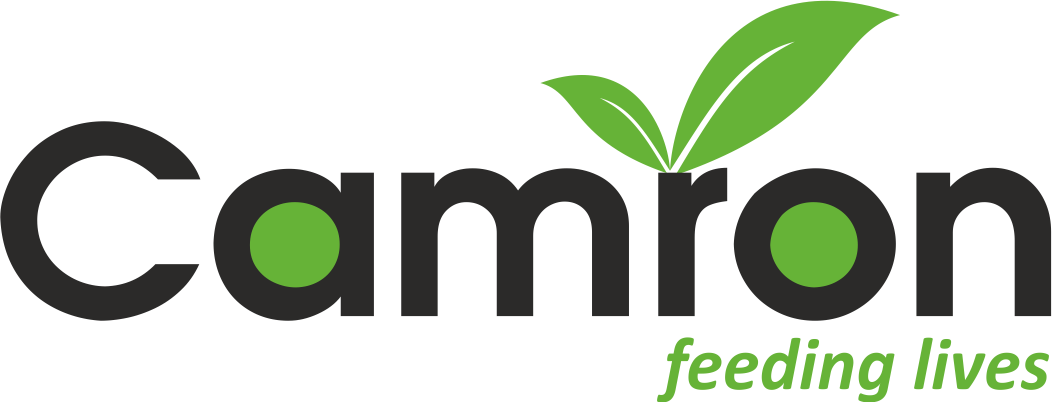Heat stress in cattle during summer
- January 22, 2018
- Posted by: Camron
- Category: Cattle health

Heat stress is a major concern in dairy farming. The main cause of heat stress is combined impact of temperature and humidity which can be measured by Temperature Humidity Index.
Heat stress occurs when a milking cattle heat load is greater than her capacity to lose heat, and is sometimes referred to as hyperthermia. Normally, Dairy cows are affected by heat stress during summer. The crossbred are more prone to the heat stress losses as compared to indigenous cattle.
Symptoms heat stress
-
increased effort breathing
-
excessive panting
-
drooling
-
bright red gums
-
anxious behaviour
-
excessive water consumption
-
vomiting or diarrhea
-
weakness
Problems during heat stress
- Reduced feed intake
- Increase water intake
- Change in the metabolic rate
- Increased evaporative loss
- Changes in blood hormones concentrations.
- Increase body temperature
- Reduced milk production
The objective of the management tools are to prevent heat stress from occurring so that dry matter intake (DMI) is not reduced and animal productivity is not compromised.
Factors affecting heat stress
- Environmental condition
- Level of production & feed consumed
- Stage of lactation
- Cooling management
- Exercise requirements
- Breed and Body colour
All these factor influence heat production, degree of stress cow is subjected to. These factors collectively get reflected in reduction in milk yield and reproduction efficiency. This productivity loss during summer can be reduced substantially by adopting the following heat stress management coupled with good health management.
- Proper summer oriented housing
- Animal cooling system
- Development of breeds tolerant to heat stress
- High energy feeding

